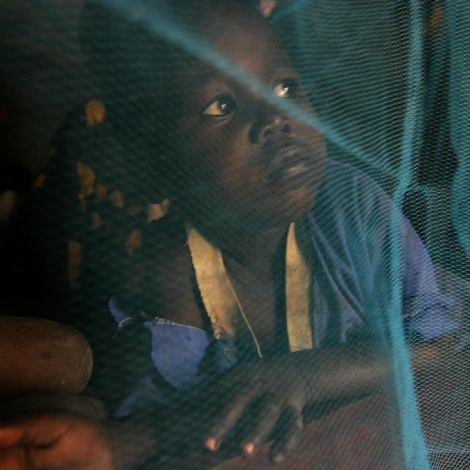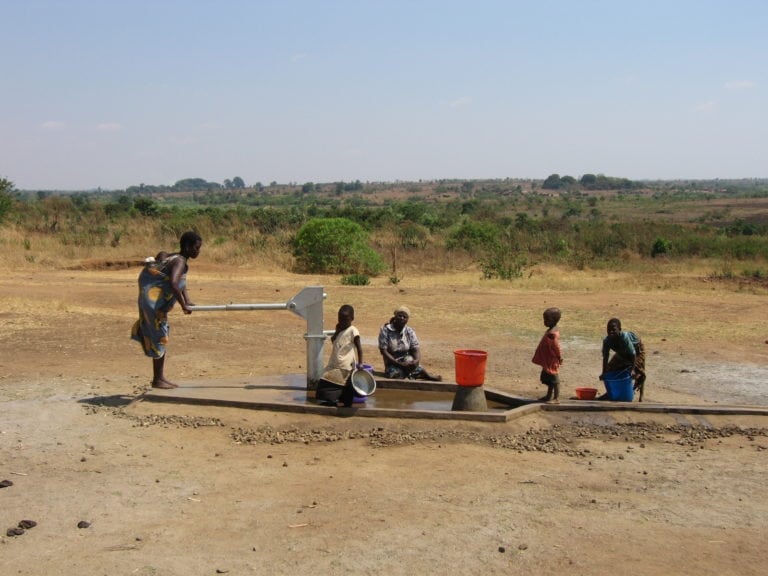The Children’s Prize has cast a wide net looking for the most effective solutions to child mortality in developing countries, and engineers and product designers should take note. The Prize will award $250,000 in backing for the one project that promises to save the most lives of children and babies under the age of five. And the team behind The Prize is looking for solutions that have data to back up their claims. To us, that means that infrastructure projects, device- and software-driven plans stand a solid chance.
Evidence rules
The Prize rooted its awards in evidence early on. The first award in 2013 went to VITAL Pakistan, a package of health education and hospital intervention for mothers and infants. Looking at all of the applications from that year, the team behind The Prize realized that it did not have enough information to predict the effectiveness of many of the projects. So, in 2014, The Prize downshifted to fund year-long research projects that are evaluating the impact of an intervention.
And this is the part that should interest engineers: Two of the research projects have hardware at their heart.
Hardware research
One is a study in Nepal on the impact of portable ultrasound used in home visits during the third trimester. That one is led by researchers at The Johns Hopkins Bloomberg School of Public Health in Baltimore, Maryland (USA).
The other studies the effect that new water wells have on children’s health. It’s led by RISE Angola based in Benguela, Angola.
The statistics suggest solutions
It’s easy to see how telemedicine solutions, other medical devices and infrastructure projects could save childrens’ lives and earn financial backing from this year’s Prize. Just look at some of the basic numbers on child mortality.
The death rate among children under age five has halved in the last 25 years, from 12.7 million in 1990 to 6.3 million in 2013, thanks in part to more effective treatment and innovations in health care and preventive care delivery, UNICEF reports.
Unfortunately, UNICEF predicts that the child mortality rate in Sub-Saharan Africa could remain the same or even increase in the next 35 years.
A look at the causes of death reveals the targets for engineering solutions. Undernutrition accounts for almost half of all of the deaths, suggesting possible interventions in things like community food processing and storage, crop irrigation and so on.
Technology can also make a difference in the other causes of death. Diarrhea accounts for 9 percent of under-five mortality, and it has direct ties to water and sanitation infrastructure, or the lack of it. Malaria accounts for 7 percent, and mosquito nets are a proven, simple solution.
Complications in preterm birth, labor and delivery together account for 32 percent of under-five mortality, and they have solutions in telemedicine, medical devices and supply delivery systems for rural clinics and even ambulance trailers to take women to the hospital and mobile clinics are proven ways to help.
How to apply
Effective projects won’t rely on technology alone, but good engineering and design has a place at the head of the table. Our community should apply.
Registration is now open and the submission deadline is Friday, June 12, 2015 at 11:59 PM EST. See www.childrensprize.org for details.

